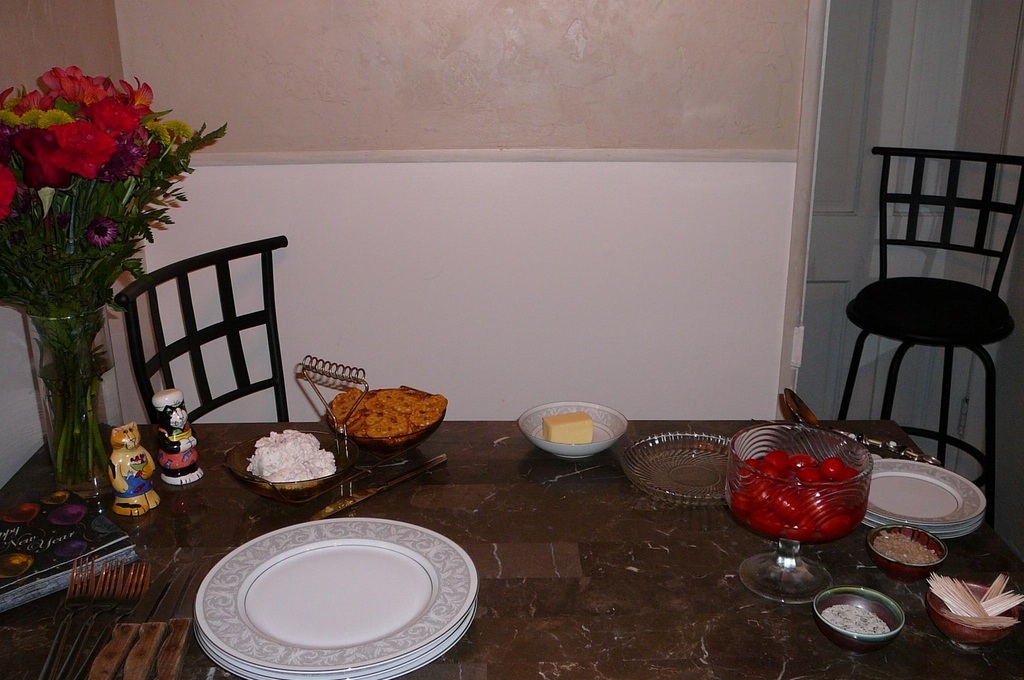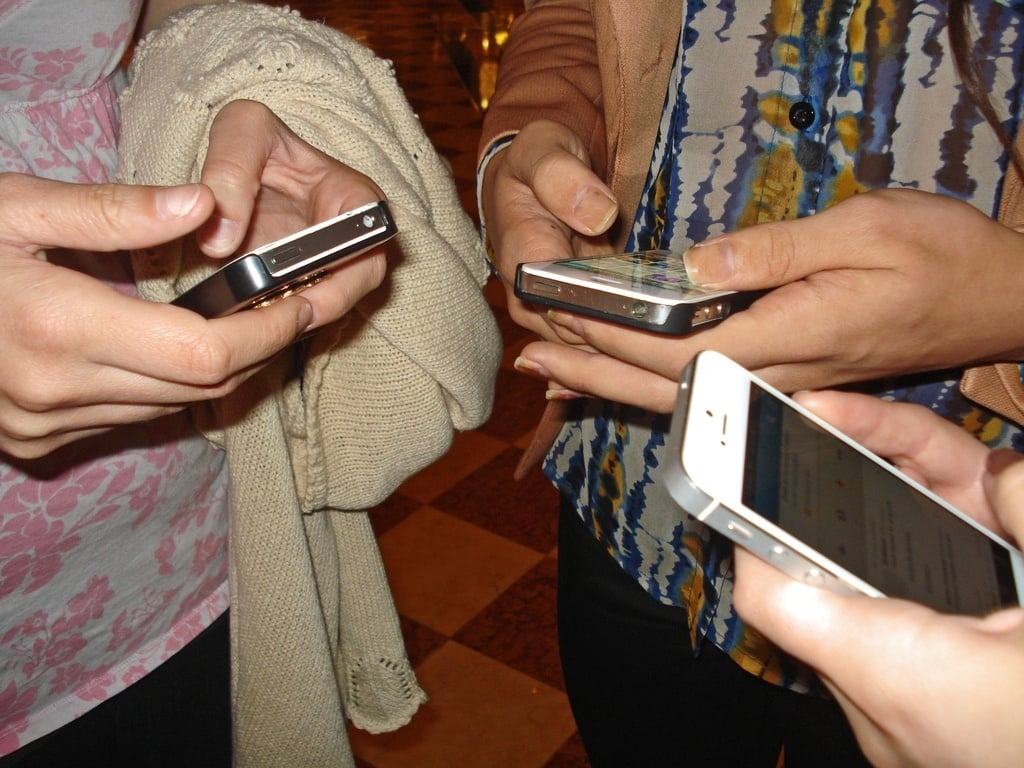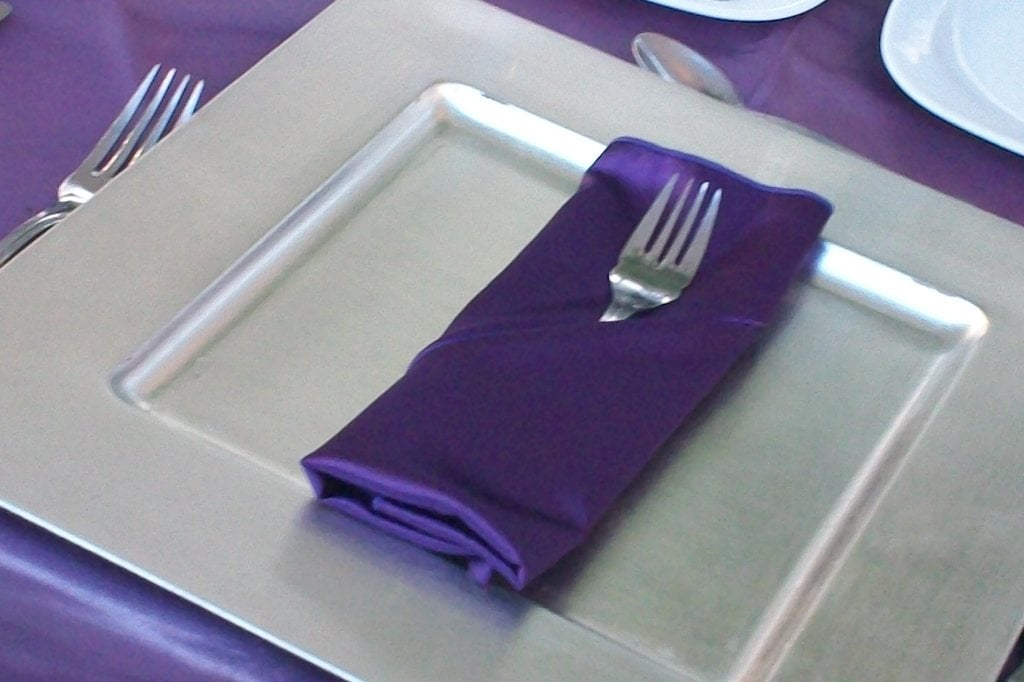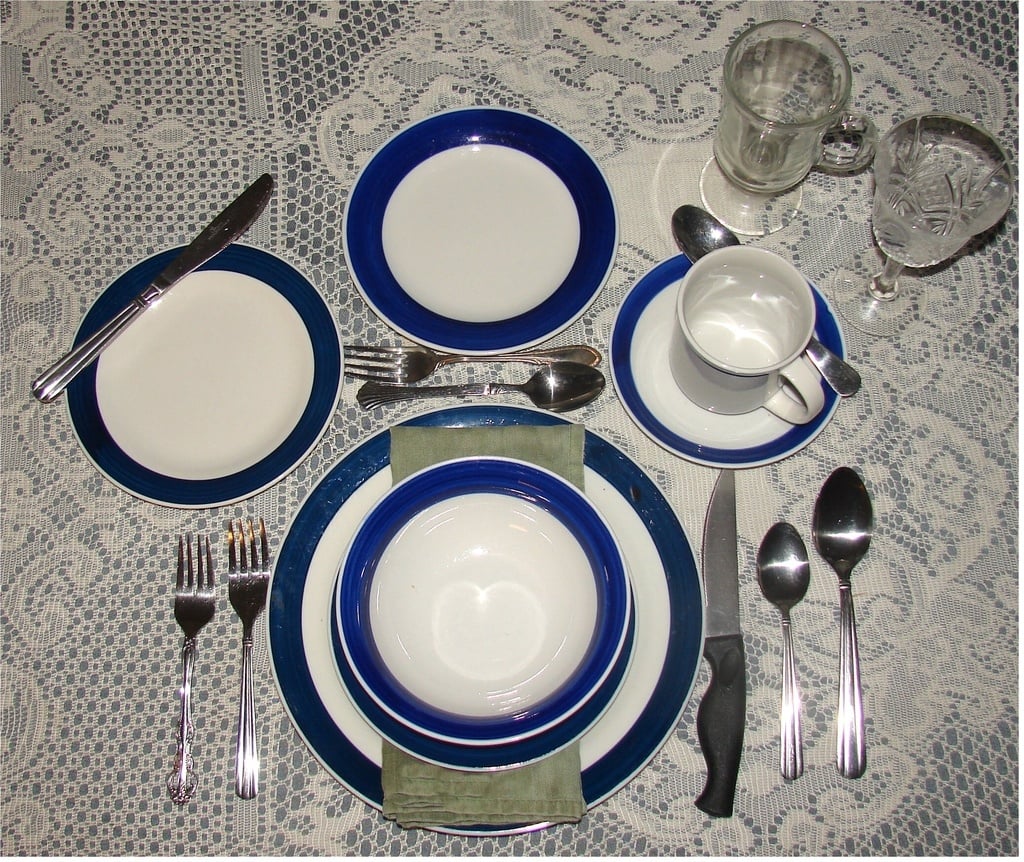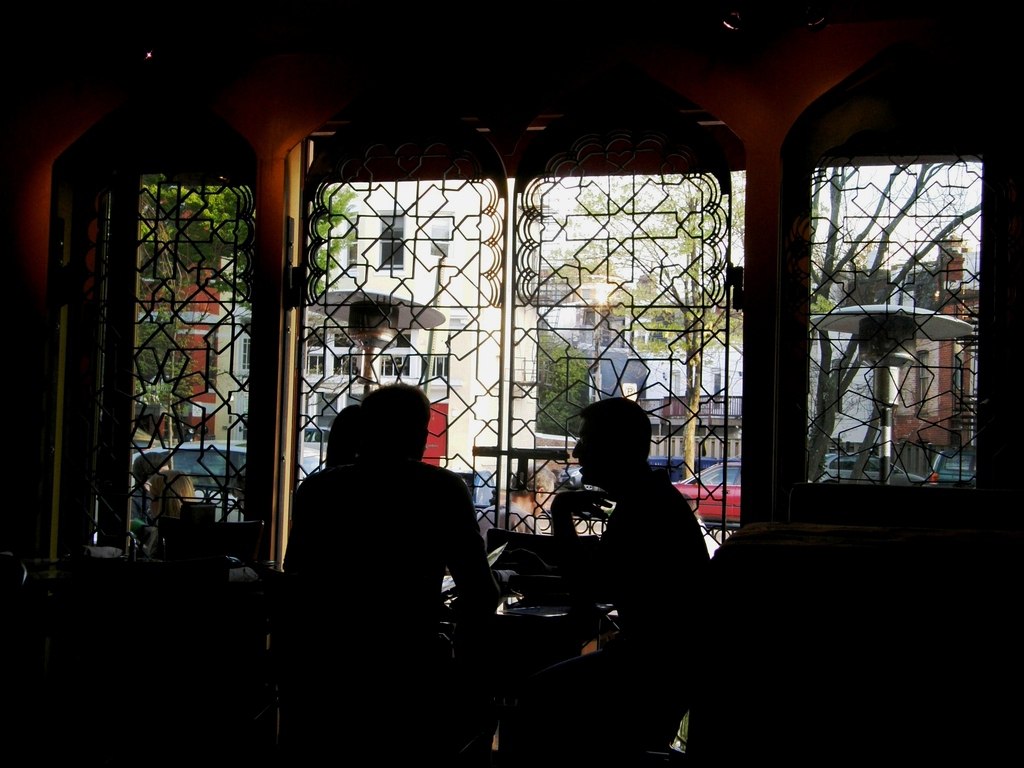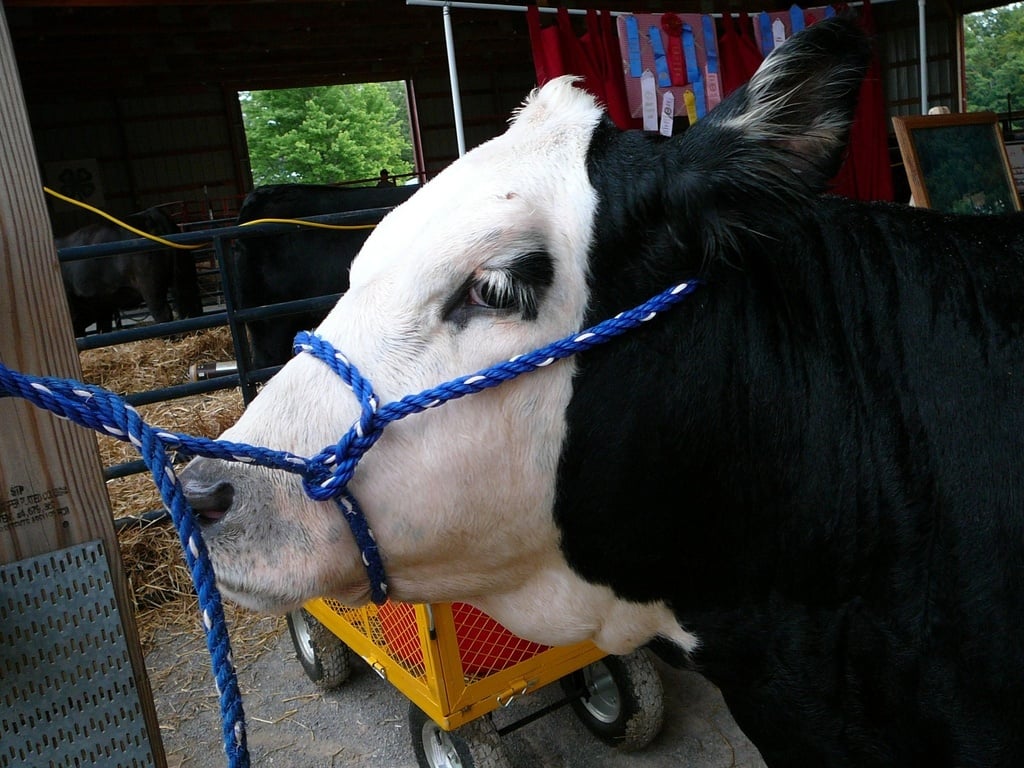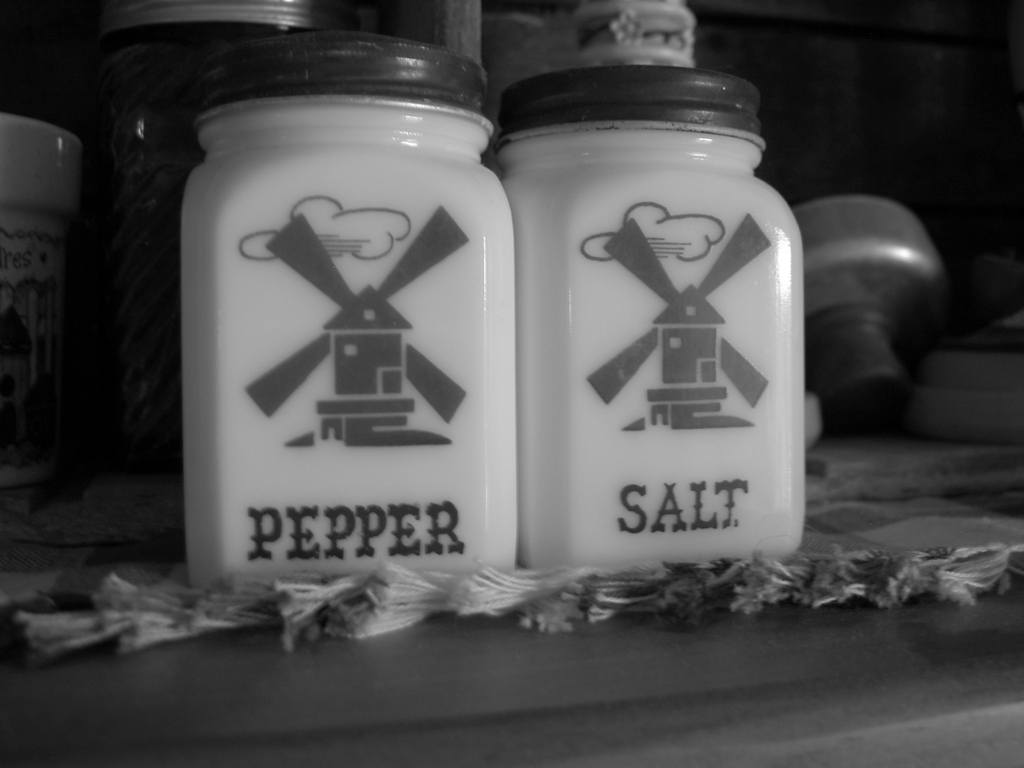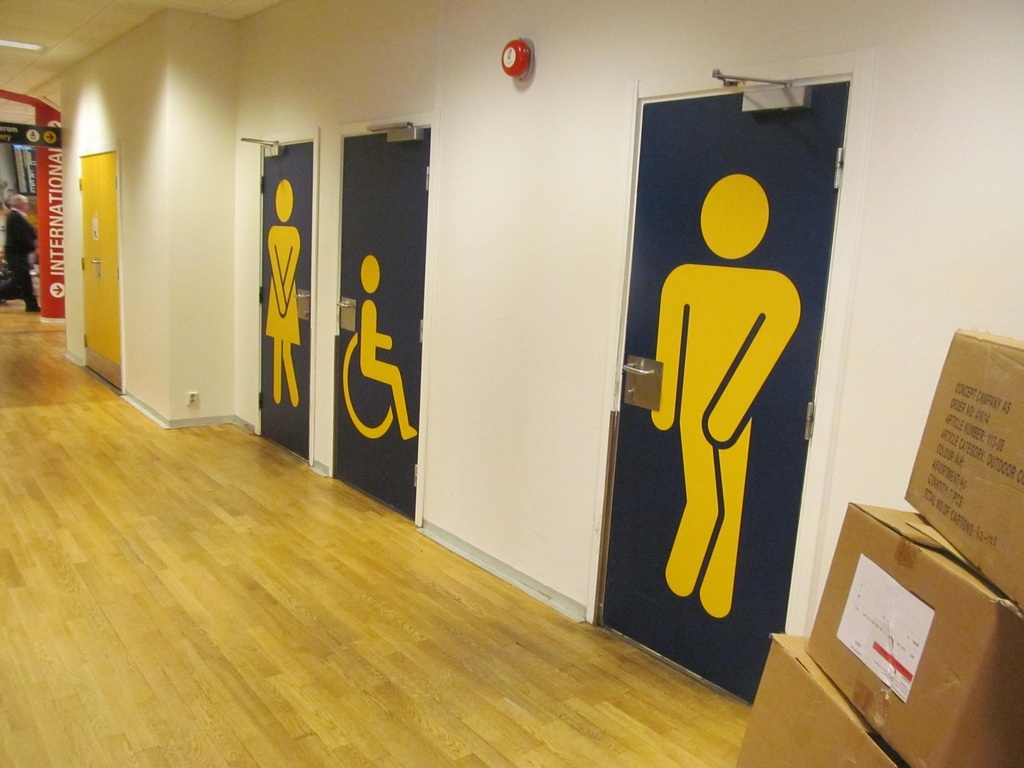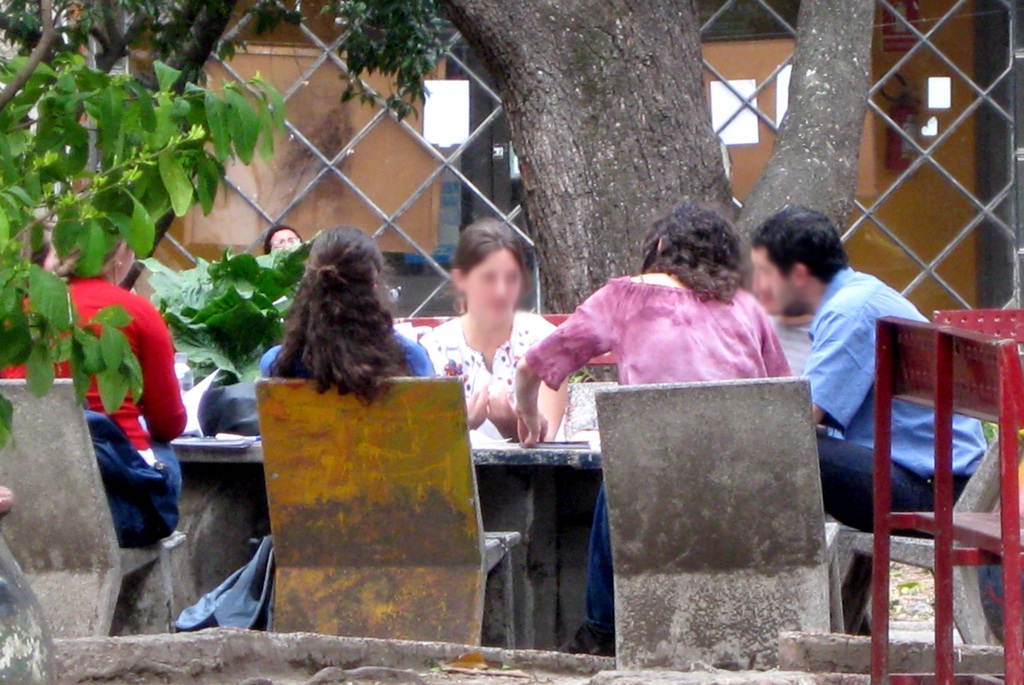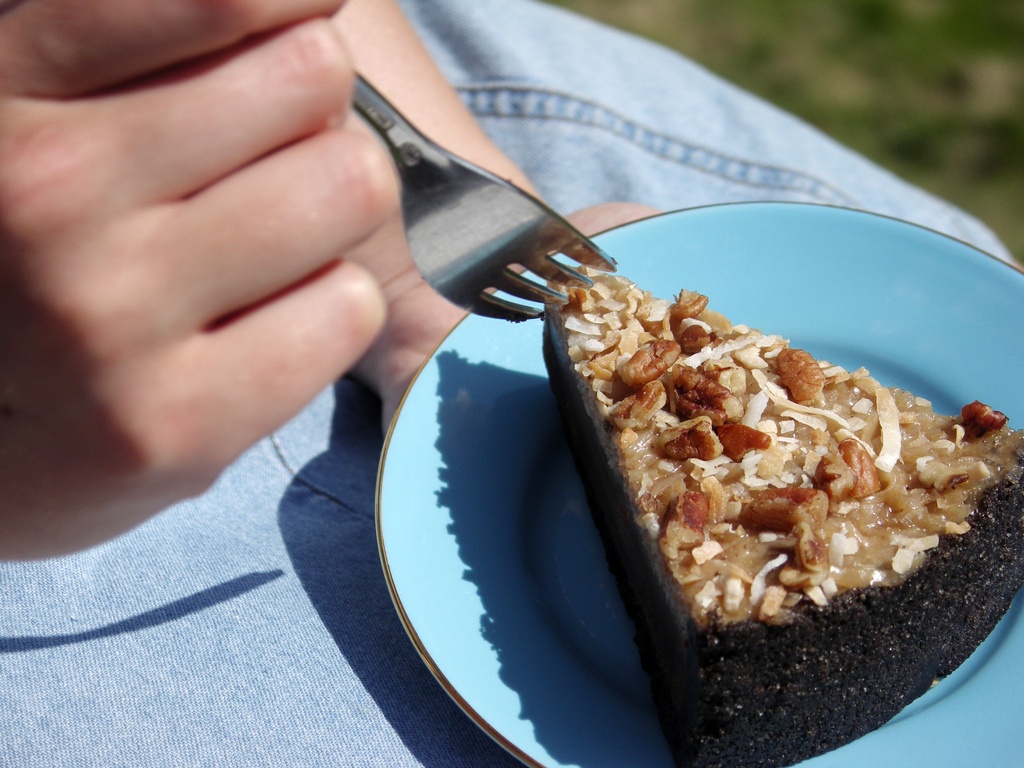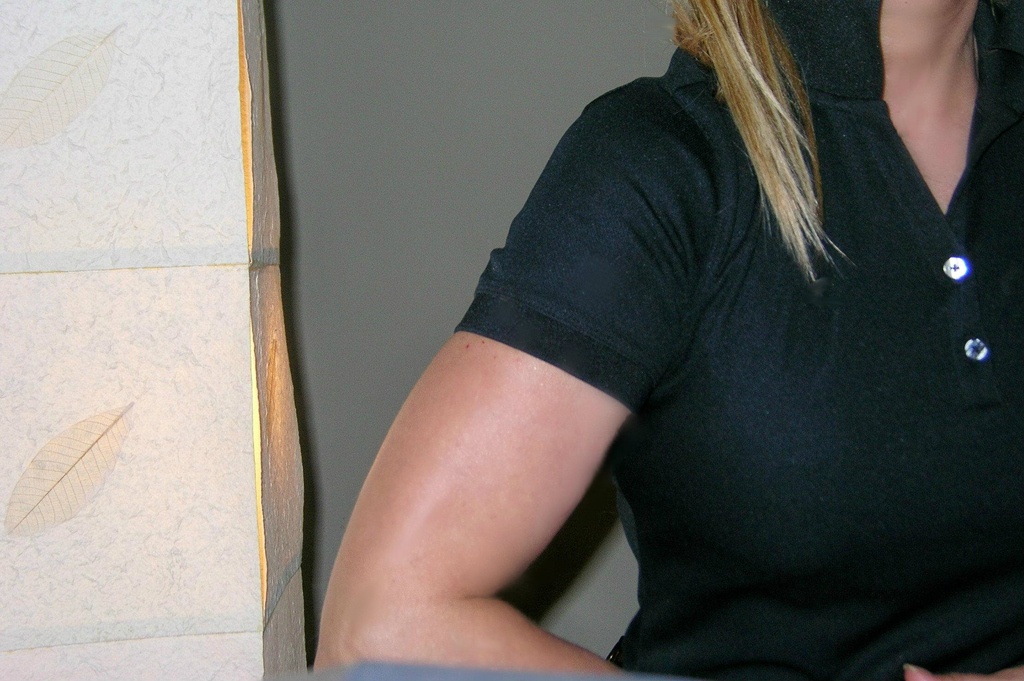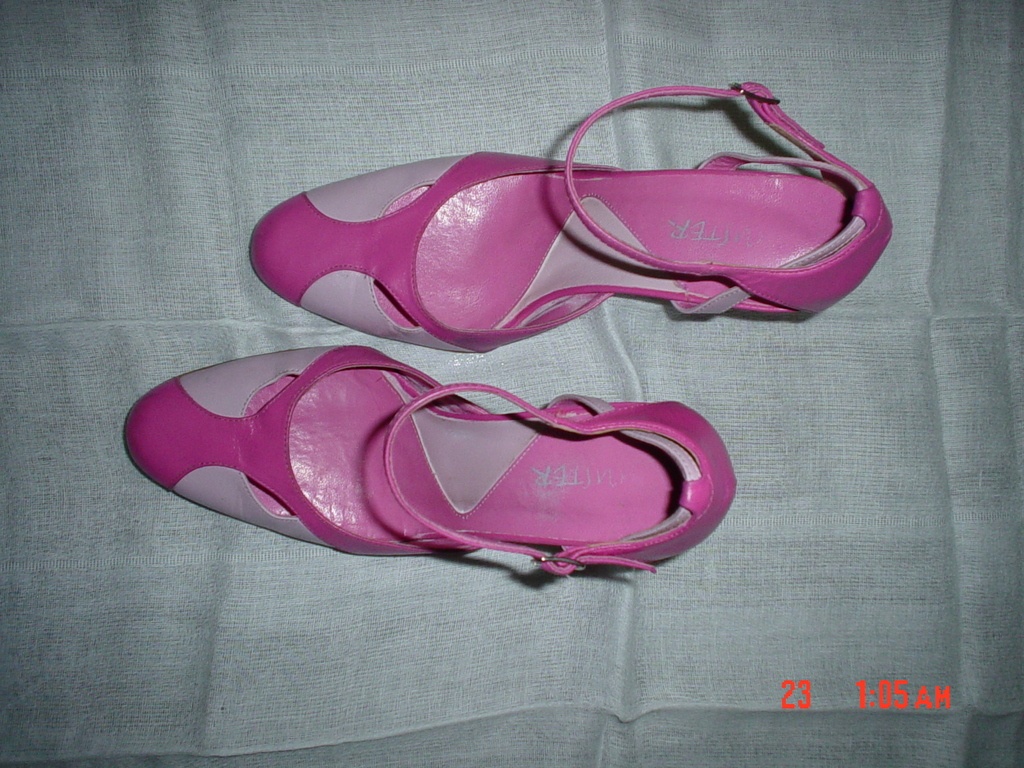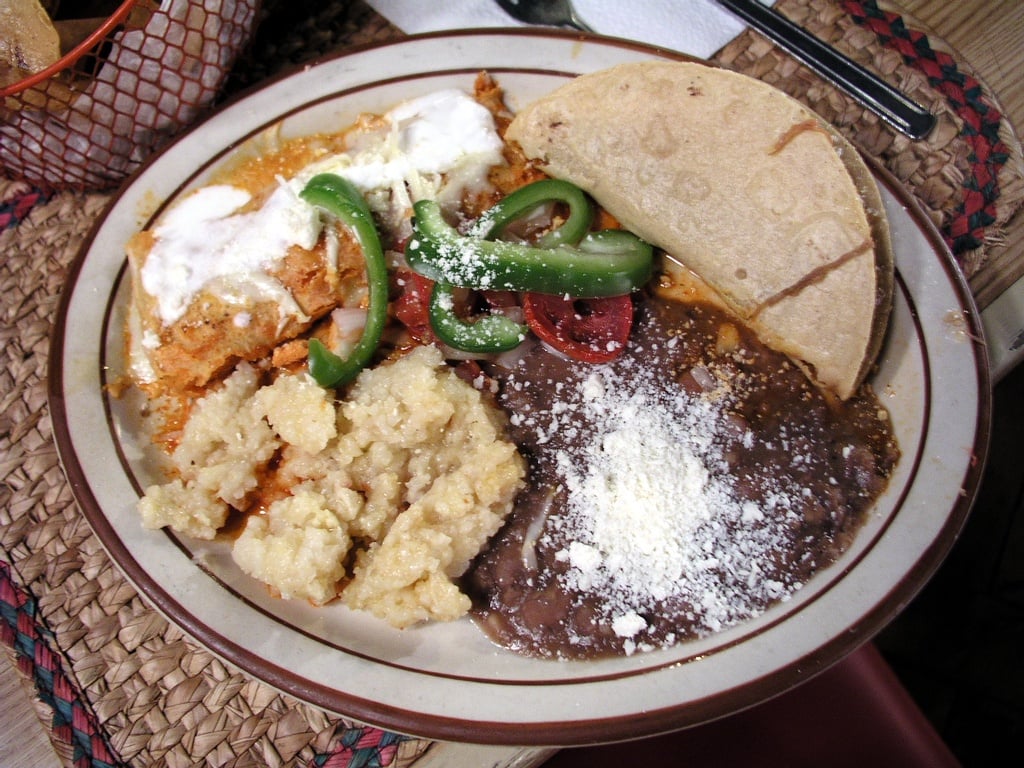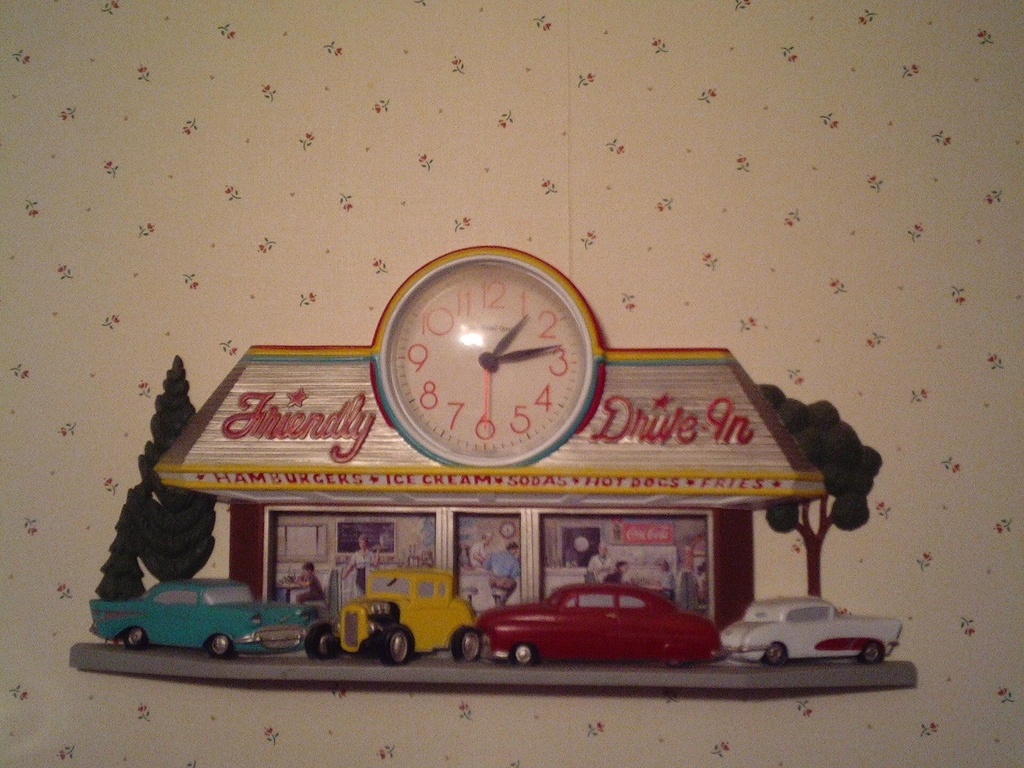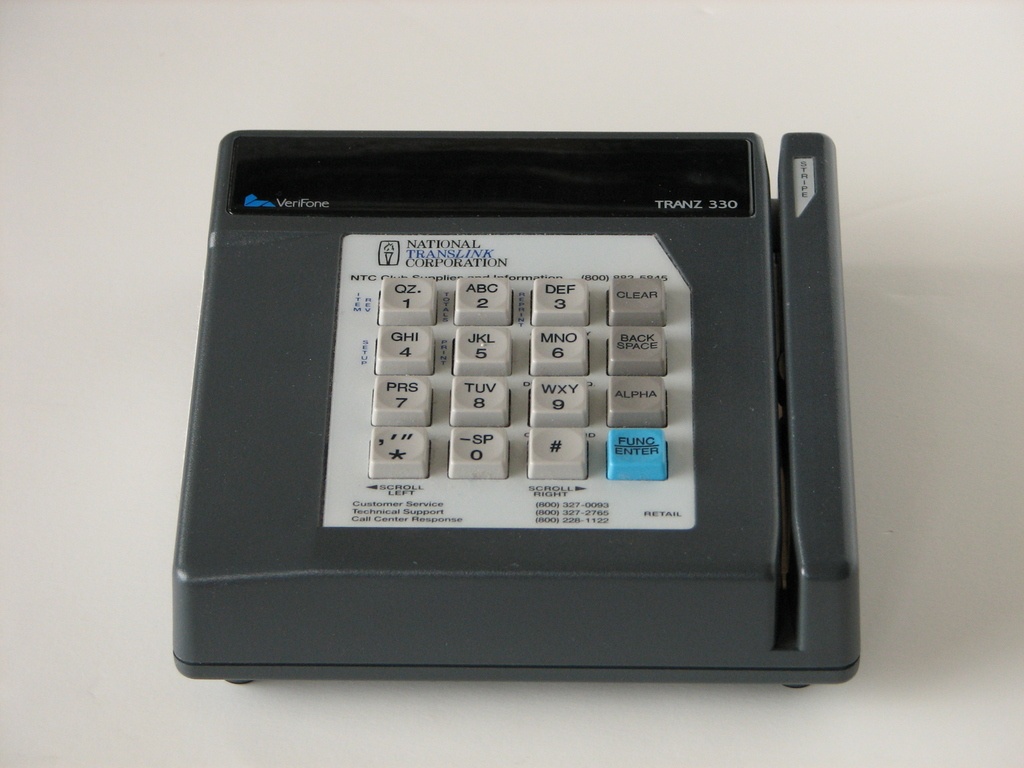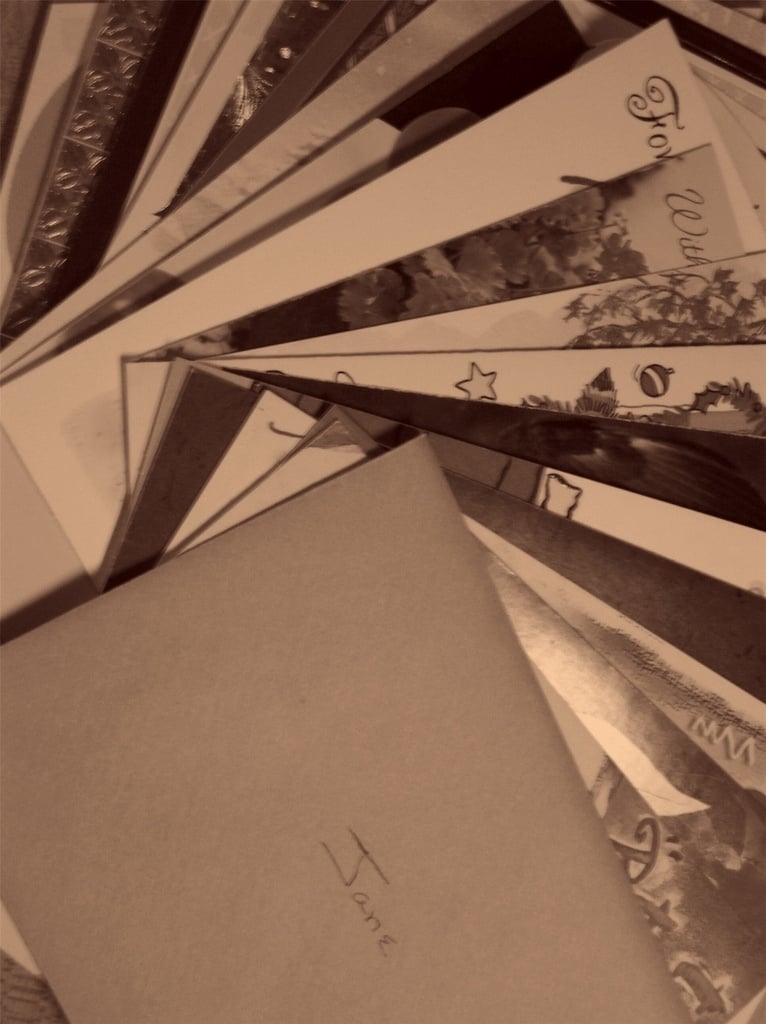So you think you can eat? Politely? If you’ve been spending too much alone time shoving food down your pie hole or hanging with friends whose careers don’t require adult behavior, your manners’ hard drive may be corrupted. It’s time to pull the napkin out of your collar and get serious again about good table manners.
1. Don’t Rush the Table
A simple meal at a friend’s home is a great place to practice etiquette skills. Hopefully, you brought along an offering of wine, etc. and once there, are engaged in frivolity. But don’t get too comfortable too fast. Your hosts have some expectations. Let them lead the event including the gesture for seating. Musical chairs ended in grade school and it’s best to wait for their direction on when and where to sit. And naturally, ladies first.
2. Can you hear me now?
Thinking of putting your phone, keys, or purse on the table? This is a clutter free zone, not your kitchen counter. Pack away yourmuteddevices after taking the requisite photos and doing the check in which should be no more than 30 seconds. It’s now considered acceptable to photograph your beautiful food or table mates if the host is doing it, otherwise, save the updates for later. Sara Rimerwas dealing with this a few years ago and her advice is still timely.
3. Napkin Etiquette
It’s so much easier when the napkin is directly on your plate, otherwise panic sets in if you’re confronted with beautifully folded linens placed around the table. Yours is on the left which leaves your right hand free to use your eating utensil. Apologies to the lefties but this was decided long ago by royalty.Napkin History Wait until your host is seated and takes his/her napkin. You may then proceed without great flourish…no snapping or flapping among the refined! Most cloth napkins are big enough for a half fold on your lap while paper napkins can be completely unfolded. A napkin is for keeping hands and face neat; any attempts at using it for a handkerchief will get you promptly moved to the kids’ table.
4. Place Setting Cheat Code
Both hands in front of you now while making this symbol. Look down. Do you see the letterbon your left? That stands forbreadand that’s where your bread plate is located. The letterdis on your right and it meansdrink. No excuses now for scarfing down your neighbor’s bread and water as you’rein the knowwith this tricky cheat code.
5. Focus on etiquette, not plates
You’re seated without your technology which makes googling this puzzle impossible but don’t fear, the wait staff/hosts will guide you at this level. Napkin in place, the service begins and order replaces confusion. You’re the smart one now who recognizes that all thedrinks will be offered to your right and yourbread will be placed to your left. Soups or salads begin using the dish/bowl directly to your front and possibly on your entree plate. They’ve made it easy to find the appropriate utensils as they are placed on theoutsideto be used first. Notice the far left fork (salad) is shorter and wider so as tograbthe greens more efficiently. The soup spoon to the far right is longer and wider to dipdowninto the bowl for every last drop. When getting that drop, you may tilt the bowl but don’t pick it up or even think about bringing it to your mouth!
When service of your entree begins, your used dishes and utensils will be removed (don’t forget to leave them on those dishes to signal that you’ve completed this course.)
The entree arrives which leaves the remaining utensils at thesidesfor your use. The smaller ones at the top of the entree plate are waiting for the final coursewhich will be dessert.
Don’t even worry about the various water and wine glasses placed near you. The staff/host will offer and typically pour your beverage in the appropriate glass saving you the concern over which one to use. But in case you’re a worrier, the water glass and white wine glass are usually simple, tall and slim allowing these clear liquids to be highlighted. Short and wide wine glasses allow red wines to expand their surface while you have room at the top to breathe in their bouquet. Understanding the reasoning behind a shape or placement will help you remember its purpose.
6. Chew and listen. Swallow then talk.
Eating together is fulfilling. Thebreaking of bread in either a business setting or at home with friends and family touches something in our spirit. The ceremony of a meal is conducive to sharing and with that comes a multitude of etiquette mishaps. The most important (and perhaps most abused rule) is DO NOT EAT WITH YOUR MOUTH OPEN! It sounds simple but as we get excited sharing our conversation, we forget tochew and listen, swallow then talk. No matter what you are sharing, it gets lost as the audience watches the food in your mouth rather than listening to the content of your words.
7. Etiquette Food Sneaks
It seems so harmless at first. The hostess is speaking or saying grace at a large dinner and you think no one will notice that nibble of bread you’ve slipped into your mouth. People notice and make an internal judgment that you’re ill-mannered. You are welcome to sip your beverage but DO NOT start scarfing your meal if you should be listening to a speaker. Only when the speaker urges you to continue eating are you allowed to CONTINUE EATING!! Put your fork down but not on your plate (the wait staff sees that as a signal you’re done) and listen. Besides, your chewing is never louder than when you are the only one doing it at the table.
Click out the hilarious video below by GloZell to assault your senses if you think you can get away with beingaFood Sneak
8. Time to Make a Pass
It’s going so well and then you’re challenged to make a pass. Salt and pepper move as a set regardless of what is asked for…don’t separate these savory lovers when responding to a request. Also, it is acceptable to ask someone else to pass them if it’s still too far for you to reach. NEVER reach across a table!
Some will argue that it is rude to enhance the cook’s meal with salt and pepper. The cook/chef/host doesnotput condiments on the table unless they think you may want to add them to your food. It is very rare to find a home cook or restaurant chef’s table without condiments which means it’s completely appropriate. Asking for something unexpected to flavor your food though is a no-no and may get you a frosty glare if mentioned.
Eating family style? Passing of the bowls is entirely appropriate side to side. Do not extend bowls across the table. Also, the serving spoon/fork is an indication of portion size. Dole out ONE portion for yourself; if there is extra food after everyone has been served, it will be appropriate to ask for seconds.
9. Run for it
Your mother always said you couldn’t finish a meal without needing a bathroom break. If that’s still true OR you need to step away from the table for other reasons, do so without bringing much attention to yourself. The entire table does not need to know your business. Instead, excuse yourself quietly to those sitting nearest you, place your napkin ONyour chair and quietly exit. Expect to be missed if you are absent for more than a few minutes and if so, expect to be quizzed by your table mates upon your return.
10. Conversation Etiquette
You converse everyday and it should be so simple but dinner conversation can be tricky if you’re with a business group, contentious friends, or dramatic family members. Alcohol, comfort level (because you feel so good about your etiquette) or being unfamiliar with your table mates can turn you into that personwho causes cringes and rolled eyes. According to the Etiquette Scholar, it is key toStop, Look, Listen, and Watchas you embark upon engaging your fellow diners. Stoptalking if it isn’t well thought out,lookat your listener’s expressions,listenas much as you talk, andwatch whomever you are speaking with.
11. Hand Jive
Everything is going so well. You’re talking, eating, and drinking without fear of embarrassment until you notice someone watching your hands. Are you using the Caveman grip? There are two basic styles, Continental and American which are both acceptable. View Here Don’t make excuses for yourself if you’re not utilizing these. Regardless of your intellect and conversation skills, if you eat like the Flintstones, you’ll be treated like them.
12. Space…it’s personal
Personal space can be challenging at a crowded table which makes it even more important to follow acceptable boundaries. Keep your elbows tucked in when leveraging your utensils while cutting food and definitely DO NOT place them on the table until it has been cleared completely. Hands can be placed upon the lap when not eating or rested at the wrist on the edge of the table. Moving your chair too close to another can cause angst when either of you have to leave the table. Diners with mobility equipment should always be given preference to an end seat or the placement of their choosing for easy table access.
14. Don’t step in the etiquette landmine
How can we even be discussing this? Because it has happened too often! Dinner guests with all the right moves above the table gettripped upbeing too comfortable underneath the table. No matter how uncomfortable those new shoes are, DO NOT remove them under the table. Can there be anything more embarrassing then having to explain why you’re in bare feet when you rise to leave the table?
15. Polite Decline
With today’s myriad of food allergies, diet requirement, etc., it’s logical to communicate with your host pre-dinner concerning your needs. Most are happy to accommodate but mistakes can occur. Therefore, it’s your responsibility to respond amiably if your choices can’t be met. Restaurants can typically provide vegetarian fare but if you’re at someone’s home, show your class by letting the hostess know you’ll be doubling up on side items and bread. Making a scene about your inconvenience will get you on the “Do Not Invite” list for many.
If you have no reasonable requests but simplydislikethe fare offered, put on your adult demeanor and make the effort to try a bit of everything. Taking obligatory bites and then slyly moving your food around your plate without eating it will go far in maintaining the respect of your host.
16. Utensil Morse Code
The restaurant servers or home hostess keep an eye on your utensil placement near the end of a course or your meal. They want the flow for everyone to be consistent so that conversation stays uninterrupted by a wholesale moving of dirty dishes. The simplest code is using your plate as a clock. Place your utensils parallel across your plate with the handles resting near four o’clock. A tip to remember: Your workday typically ends near four or five just as your meal is ending.
There are more specific details for formal dining. See the Etiquette Scholarsfor more information concerning these as well as International rules.
17. Let’s Share
Coffee and dessert? Maybe you’re feeling that you deserve a final treat after minding your manners. Private dinner parties will typically bring out the sweets now but at a restaurant, follow your host’s lead. If the hour is late, they may wave aside dessert but if everyone is ordering so can you.
Sharing desserts can be a pitfall for etiquette mistakes. At business gatherings, it is not even recommended. For hygiene purposes, once you and others have decided which dessert(s) to share, also request extra serving plates and utensils. You can then divide and conquer the sugary delight with everyone getting a bite and not sharing germs. But remember, you’ve asked the server to go above and beyond as you should for their tip when the bill comes.
18. Food isn’t free
The meal is coming to an end and if the bill is divided among the diners, there are a few points to remember:
- Splitting a bill evenly should have been decided before the meal and the waiter informed.
Don’t penalize the non-drinkers; ask that beverages be charged separately.
For separate bills, remember that the wait staff has extra steps to keep it clear and should be rewarded with an extra tip.
Read more here about the touchy subject of Dividing the Bill
19. Giving thanks for no mistakes
A meal in which you have stretched your new found etiquette wings deserves a proper thank you. Although a text or email might be convenient, it’s the handwritten note that will get you noticed and invited to more wonderful gatherings. Networking isn’t just in the cyber world; it continues to be a personal experience. But, if your host has a strong online presence, be kind and thoughtful if you blog, FB, or tweet about your evening.
All of your well earned manners credit will be lost if you DO NOT send some form of thanks. Don’t delay or forget…that is the ultimate embarrassment.
20. Pay it forward and avoid embarrassment
Those beautiful flowers or nice wine that you brought to the dinner party…enjoy the feeling of getting your own. It’s one thing to be a polite and respectful guest who livens up the group and is often invited out, but how embarrassing for you if there is no reciprocation. If your living situation is not conducive to dinner parties, restaurants abound as well as other venues where you can host your own gathering. Museums, ballparks, theaters, can help you host your own dinner party. Be creative and adventurous and remember, there’s a whole new set of etiquette rules to conquer when you play host. Hostess with the Mostest
Featured photo credit: x_alimaryanne_x via morguefile.com

